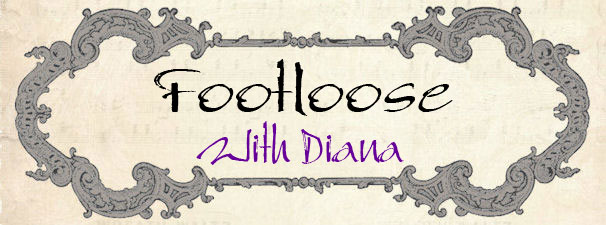You can click any of the photos to see them larger. When you get to the bottom of the page, click "older posts" to keep going on the trip in chronological order.
Here's our motley crew; Kit is the third person from the left, for those of you who've heard lots about her, but never met her:

And our redoubtable guides, Rudy !Naibab and Ludmilla Beukes showed us all there was to see and made the trip so wonderful; Ludmilla is a seasoned Namibian guide, but she's new to OAT, so was with us to see how Rudy does it. You can read a bit about Rudy in this National Geographic article.
 Our first stop was the 1907 Christus Kirche (Christ Church), an artefact of the German occupation of Namibia, which was once called German Southwest Africa. It's a source of some controversy because only the names of German casualities of the settlement wars are posted on the walls. There's some sentiment for tearing it down since it's a reminder of painful times.
Our first stop was the 1907 Christus Kirche (Christ Church), an artefact of the German occupation of Namibia, which was once called German Southwest Africa. It's a source of some controversy because only the names of German casualities of the settlement wars are posted on the walls. There's some sentiment for tearing it down since it's a reminder of painful times.
















































